Water
Home / Water
Life cannot exist without water but we need to realize that like all the other resources it is not unlimited and, going by the experts’ opinion, the next war could be fought because of it. I realize the importance of this natural resource and have worked to ensure that every citizen gets their share. Delhi was facing severe water shortage and I urged people to protest actively to claim their right over water. I led several demonstration and rallies, including a popular 15-day padhyatra across several areas of Delhi, to highlight the water crisis in the city. Apart from the protests and demonstrations I also urged people to sincerely think about conserving and saving water. I actively campaigned for water conservation on the eve of World Earth Day.
In 2002 as the MP from Chandni Chowk I held Janata Adalats at the Ajmeri Gate to address people’s water related grievances. These weekly Adalats were attended by several bureaucrats and other officials to ensure issues could be resolved on the spot. I ensured that all the applications for new water connections were received and accepted at Adalats. Issues raised in these Adalats included a lack of sufficient water supply, discrepancies in water bills, old water and sewage pipelines, improper water pressure and other such grievances. As water was a subject pertaining to the State government I asked the Delhi government to come up with a white paper on the water, sewage and sanitation conditions of the walled city area. I asked the government to increase the outlay to construct new pipelines of higher capacity. The Delhi Jal Board officials were issued instructions to monitor the quality of drinking water and officials were instructed to be prompt in addressing the grievances of common people.
In 2003 the Delhi government proposed to increase the water charges. Whereas the Delhi Jal Board had not replaced the old water and sewage lines and the quality of the drinking water being supplied was poor. Considering the increase of burden on the people I threatened to begin an agitation if the Delhi government decided to move ahead with the price hike. I insisted that the government concentrate on managing its finances better than increasing the rates of drinking water.
However in 2005 the Delhi government hiked the power and water rates despite its inability to provide proper supply to the citizens. That is when I started my 15-day padhyatra across Delhi to highlight the prevailing water crisis. Thousands of people supported and joined the padhyatra. The same scenario came up again in 2008 when the Delhi government drastically hiked the water rates again. The Market Association representatives and I began a protest and called upon the then Union Water Resources minister Mr. Saifuddin Soz to demand more water for the people of Delhi.
Every time there was a water crisis in the capital the Sheila Dixit government blamed the Haryana government but never took any concrete steps to maintain proper water supply. With the Congress government in the office in Delhi, Haryana and at centre I had to question the ability of Delhi government to provide sufficient water to Delhi. As Sonia Vihar, Wazirabad and Chandrawal waterworks never worked to their full capacity Delhi citizens continued to receive either ammonia polluted water for drinking or no water at all. I even challenged the Delhi Chief Minister to drink the water supplied by the Delhi Jal board for a week.
With the Delhi government failing to provide water to its citizens we had to present ‘Chullu Bhar Paani’ to Smt. Sheila Dikshit to bring her attention towards the seriousness of this issue. Delhi faced acute water crisis due to its faulty water distribution system as some areas had water available in abundance whereas a few places did not receive supply for days. The government was ineffective to keep the water mafia in check as they drilled illegal bores for n ground water and sold it for very high profits.
I demanded immediate withdrawal of the water hike and asked the Delhi government to make efforts to curb the corruption in the Delhi Jal Board. I informed the public that the shortage of water in Delhi is the result of Congress party’s failure to work on National River Integration Policy started during the NDA government regime. I strongly felt that due to lack of water management a major part of rain water flowed into oceans even as the larger part of the Country suffered water shortages.
Save Yamuna, Save Delhi
There were hundreds of crores allocated for the cleaning of Ganga and Yamuna but the government had nothing to show for its efforts. In January 2004 Union Tourism and Culture Minister Jagmohan restarted the work on the long pending issue of the Yamuna Ghats development. The work for the foundation development, beautification and addition of greenery to the Yamuna Ghats of Delhi, like the Haridwar Ghats, began with an estimated cost of Rs. 5 crore. The plan included construction of two swimming-pool sized bathing ponds, green areas, river viewing galleries, fancy lights, music system, open theatre, five visitors-galleries and changing rooms for men and women with DDA as a nodal agency and HUDCO in-charge of architectural design.
Yamuna is a holy river and people take dips in it despite its state being dirty. So it was planned that two water treatment plants be built adjacent to the two bathing Ghats where water could be treated before it reached the Ghats. It took me only one year to get the entire area developed without causing any major displacement of the residents. I ensured here were no jhuggis on that land and the few residents in the vicinity were resettled peacefully. I even invited the chiefs of nearby temples and guest houses to participate in development.
At present, the Government of India has been supporting the efforts of states for checking the level of pollution in Yamuna river, by providing financial assitance to states of Haryana, Delhi and Uttar Pradesh under the Yamuna Action Plan. Of the 17 projects sanctioned to these states for creating Sewage Treatment Plants (STP) with combined capacity of 1772 million litres per day, two projects in Haryana have been finished while eleven projects in Delhi, three in Uttar Pradesh and one in Himachal Pradesh are at various of stages of implementation.
Vision for Delhi
My visions for Delhi stems from these inspiring words of Swami Vivekanada. I sincerely believe that Delhi has enough number of brave, bold men and women who can make it not only one of the best cities.
My vision for Delhi is that it should be a city of opportunities where people
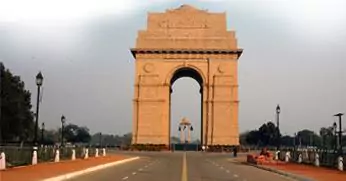
Dog Menace
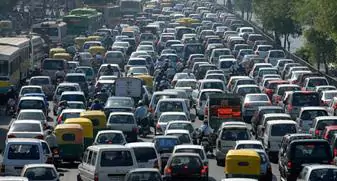





Latest Updates
People Says

Vijay Goel is a national leader with wider vision and worked on the ground in Delhi.
Shantanu Gupta

No cricket with Pak until terrorism stops, says sports minister Vijay Goel Finally! Kudos for a much needed call!
Amrita Bhinder

Simply will appreciate Vijay Goel’s working style, witnessed his personal attention to west Delhi – Paschim Vihar ppl even at late hours.
Neerja

One must appreciate how Vijay Goel is working so hard and looking out for all sports. One can feel the change. Best wishes!
Saurabh Thapliyal
Vijay on Issues

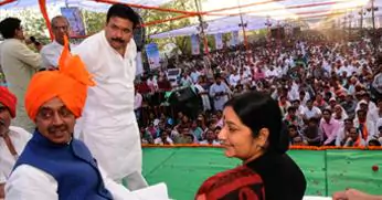
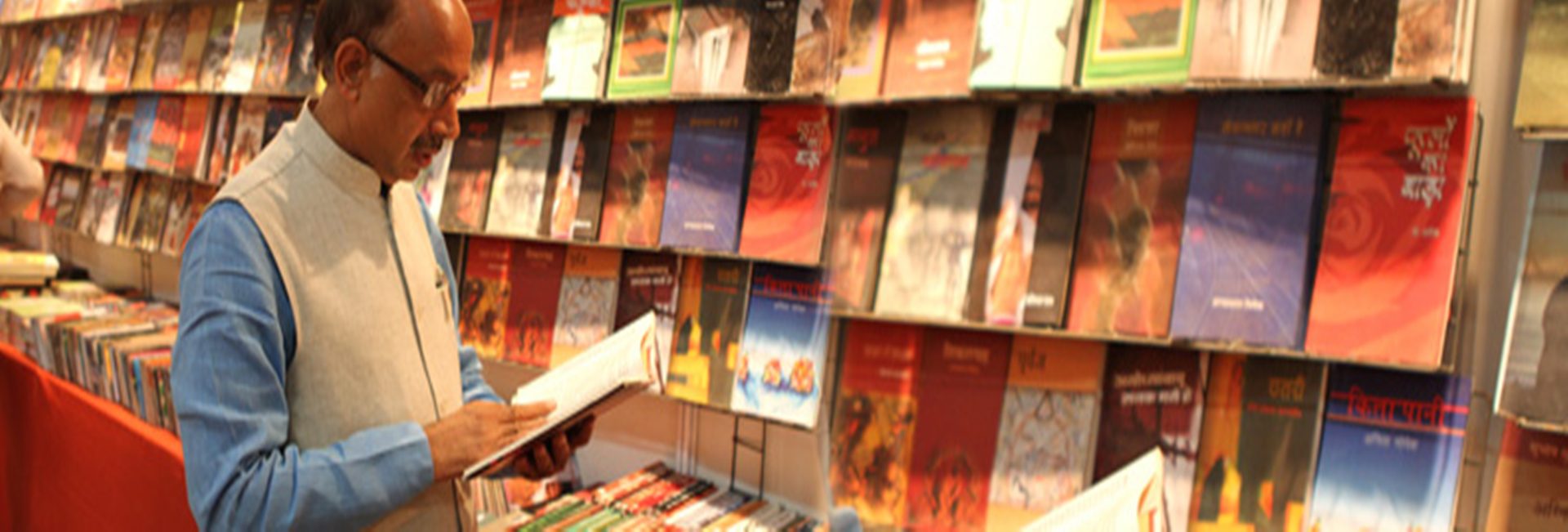






Achievements

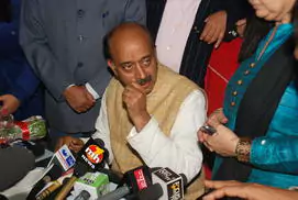


Vijay's Initiatives



